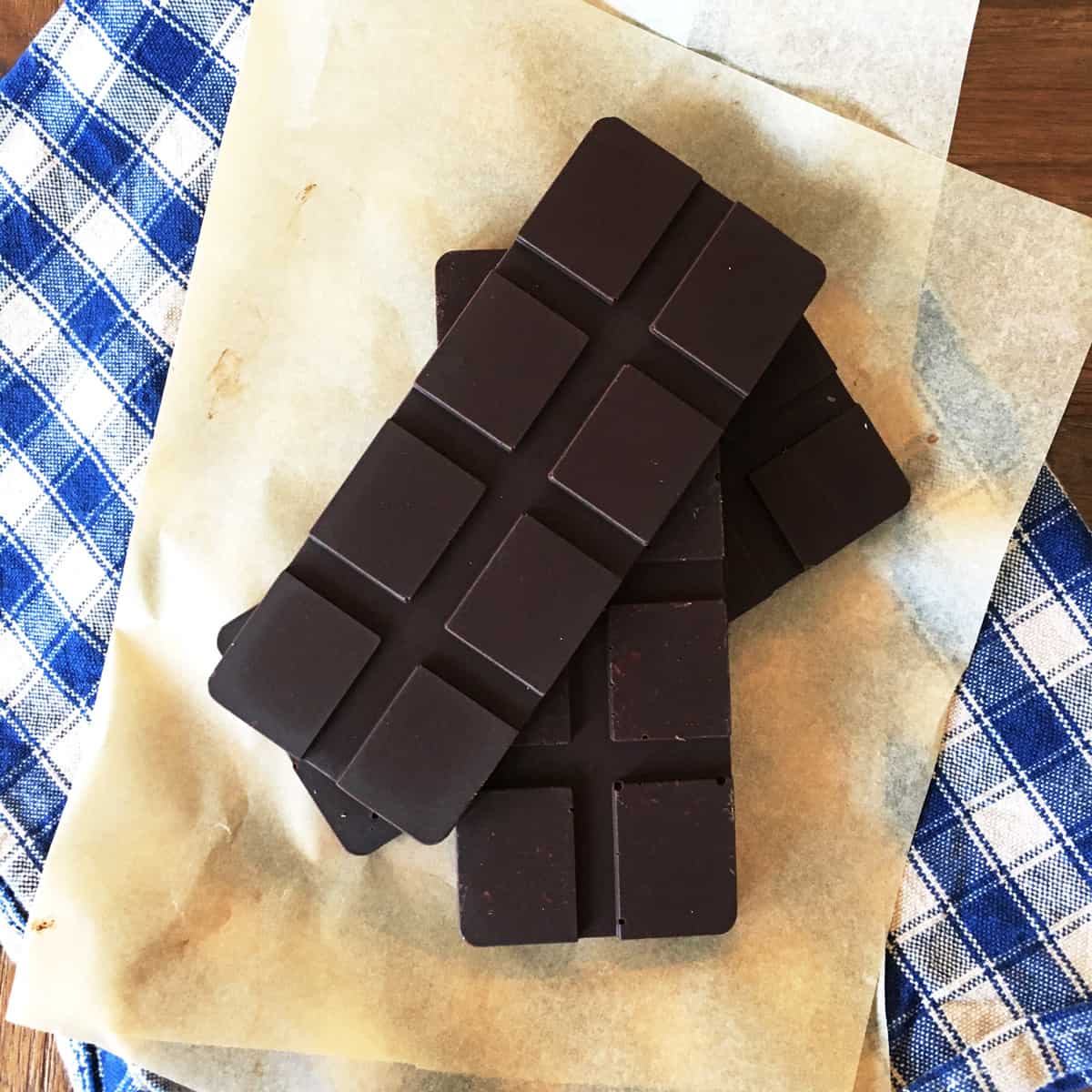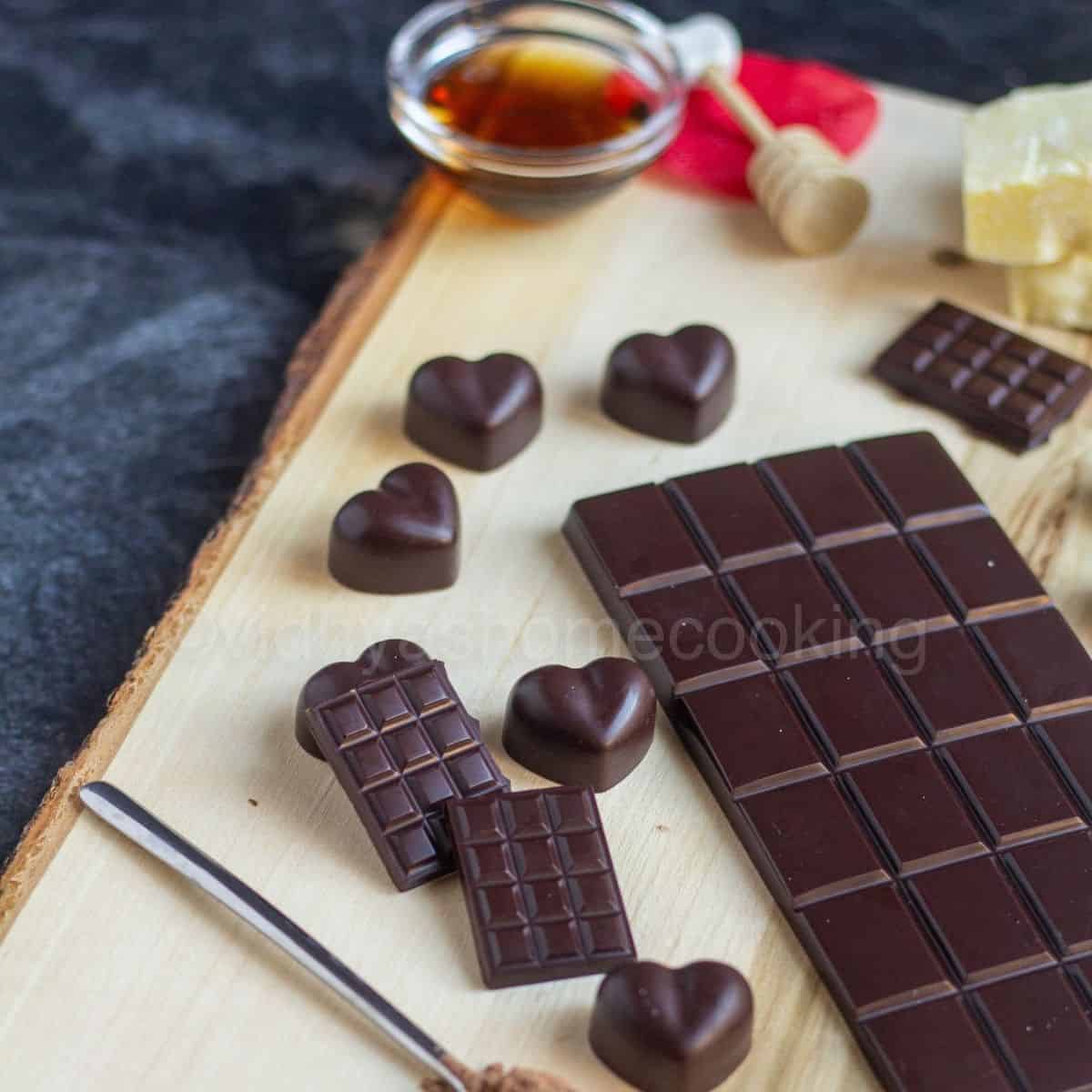Indulge in the delectable world of dark chocolate, a culinary masterpiece that tantalizes taste buds and nourishes the body. Its rich, velvety texture and symphony of flavors have captivated chocolate lovers for centuries, making it a timeless favorite.
Beyond its gustatory delights, dark chocolate boasts an array of nutritional benefits. Its high concentration of antioxidants, flavonoids, and minerals contributes to a balanced diet, supporting heart health, cognitive function, and overall well-being.
Introduction
Dark chocolate is a culinary delight that has captured the hearts and palates of people worldwide. Its rich, decadent flavor and velvety texture have made it a staple in dessert menus and home kitchens alike.
Beyond its gastronomic appeal, dark chocolate also boasts an impressive nutritional profile. It is a rich source of antioxidants, which can help protect the body from damage caused by free radicals. Dark chocolate also contains fiber, iron, and magnesium, making it a potentially valuable addition to a balanced diet.
Nutritional Benefits
Dark chocolate is a rich source of antioxidants, which are compounds that can help protect the body from damage caused by free radicals. Free radicals are unstable molecules that can damage cells and contribute to the development of chronic diseases such as heart disease, cancer, and Alzheimer’s disease.
The antioxidants in dark chocolate, particularly flavonoids, have been shown to have several health benefits, including:
- Reducing inflammation
- Improving blood flow
- Lowering blood pressure
- Protecting against heart disease
Essential Ingredients and Equipment

Crafting delectable dark chocolate at home requires a precise selection of ingredients and the right tools. Understanding the nuances of each element ensures a rich and satisfying outcome.
Ingredients
- Cocoa solids (70% or higher): The heart of dark chocolate, cocoa solids provide its characteristic rich flavor and deep color. Opt for high-quality cocoa powder or cacao powder for optimal taste and texture.
- Cocoa butter: A natural fat extracted from cocoa beans, cocoa butter adds creaminess and a smooth mouthfeel to the chocolate.
- Sweetener (sugar, honey, maple syrup): Sweetness balances the bitterness of cocoa solids. Choose a sweetener that complements the desired flavor profile.
Equipment
Depending on the method chosen, you’ll need the following equipment:
- Double boiler or microwave: For melting the chocolate ingredients gently and evenly.
- Heat-resistant spatula or spoon: For stirring and mixing the melted chocolate.
- Candy thermometer (optional): To ensure precise temperature control during tempering.
- Chocolate molds or a baking sheet lined with parchment paper: For shaping and setting the chocolate.
Step-by-Step s
To achieve a smooth and glossy finish, follow these s:
Begin by melting the chocolate using a double boiler or a microwave. Break the chocolate into small pieces and place them in the top of a double boiler. Fill the bottom of the boiler with water and heat until simmering.
Place the top of the boiler over the simmering water and stir the chocolate constantly until it is completely melted and smooth.
Tempering the Chocolate
Tempering is a process that stabilizes the chocolate, making it less likely to bloom (develop white spots) and giving it a glossy finish. To temper chocolate, heat it to a specific temperature, then cool it and reheat it. The specific temperatures vary depending on the type of chocolate, but a common method is to heat the chocolate to 115°F (46°C), cool it to 88°F (31°C), then reheat it to 92°F (33°C).
You can use a candy thermometer to monitor the temperature.
Molding the Chocolate
Once the chocolate is tempered, you can mold it into desired shapes. Pour the melted chocolate into a mold and tap the mold gently to remove any air bubbles. Refrigerate the chocolate for at least 30 minutes, or until it is set.
Using the Chocolate as a Coating
If you are using the chocolate as a coating, dip the item into the melted chocolate, then tap off any excess. Place the coated item on a wire rack to cool and set.
Variations and Flavor Combinations
The basic dark chocolate recipe offers a versatile canvas for culinary creativity. Experiment with different flavors to personalize your chocolates and create unique treats.
Spice Infusions
- Cinnamon: Adds warmth and depth of flavor.
- Ginger: Provides a zesty kick and a hint of spice.
- Nutmeg: Imparts a subtle, nutty aroma.
Extract Enhancements
- Vanilla: A classic addition that enhances the chocolate’s richness.
- Mint: Creates a refreshing and invigorating flavor profile.
- Orange: Adds a citrusy brightness to the chocolate.
Nutty Delights
- Almonds: Adds a crunchy texture and nutty flavor.
- Cashews: Provides a creamy and buttery richness.
- Pistachios: Imparts a vibrant green color and a slightly salty taste.
Artistic Expressions
Use different molds to create chocolates in various shapes, such as hearts, stars, or geometric patterns. Experiment with layering different colors of chocolate or creating intricate designs using piping bags.
Troubleshooting Common Issues
Chocolate-making, while rewarding, can occasionally present challenges. Here’s how to handle some common problems:
Chocolate Seizing
Seizing occurs when water or steam comes into contact with melted chocolate. The water emulsifies the cocoa butter, causing it to solidify and become grainy. To prevent seizing, keep all equipment and ingredients completely dry. If seizing occurs, add a small amount of warm vegetable oil (1-2 teaspoons per 1 cup of chocolate) and stir vigorously until smooth.
Chocolate Crystallization
Crystallization occurs when chocolate is not properly tempered. Tempering involves heating and cooling the chocolate in a specific way to stabilize the cocoa butter crystals. Untempered chocolate will have a dull appearance, rough texture, and melt unevenly. To temper chocolate, follow the specific tempering instructions for your type of chocolate.
Uneven Melting
Uneven melting can occur if the chocolate is heated too quickly or unevenly. To prevent this, melt chocolate slowly and evenly over a double boiler or in the microwave in short intervals, stirring frequently. Avoid overheating the chocolate, as this can burn it and alter its flavor.
Storage and Shelf Life
Homemade dark chocolate, when stored properly, can retain its optimal quality and freshness for an extended period. Understanding the factors that influence its shelf life and implementing appropriate storage techniques are crucial for preserving its delectable taste and texture.Airtight containers play a pivotal role in safeguarding chocolate from moisture and air exposure, which can cause it to deteriorate.
Glass jars with tight-fitting lids or resealable plastic bags are ideal for this purpose. Furthermore, the optimal storage temperature for chocolate is between 55°F (13°C) and 65°F (18°C). Avoid storing it in the refrigerator as the cold temperatures can cause the chocolate to develop a white, powdery bloom, known as “sugar bloom,” which affects its appearance but not its flavor.
Last Point

Embarking on the journey of crafting your own simple dark chocolate is an experience that will delight the senses and ignite a passion for culinary artistry. With careful attention to ingredients, techniques, and storage, you can create delectable treats that rival the finest chocolatiers.
FAQs
What is the key to achieving a smooth and glossy finish in dark chocolate?
Tempering the chocolate is crucial. This process involves carefully heating and cooling the chocolate to stabilize its crystals, resulting in a velvety texture and a beautiful sheen.
How can I prevent chocolate from seizing during the melting process?
Avoid adding water or steam to the chocolate, as this can cause it to seize. Use a double boiler or microwave on low power, stirring constantly to ensure even melting.
What are some creative ways to customize my dark chocolate?
Experiment with adding spices like cinnamon or nutmeg, extracts like vanilla or almond, or chopped nuts like almonds or pistachios. You can also create unique shapes using molds or freehand techniques.
